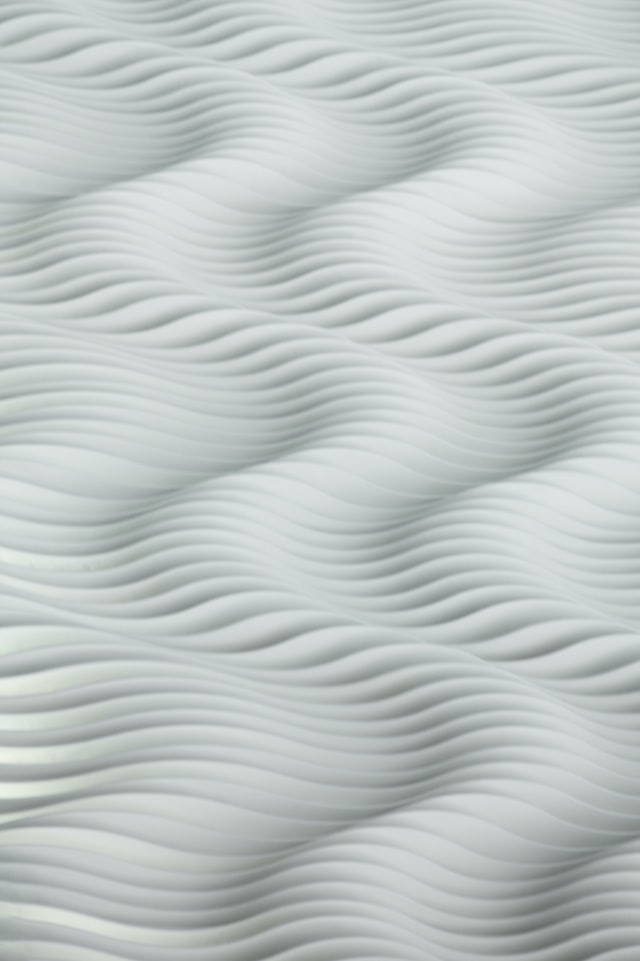Foam is an important element of the winter area it is the production of a blind area insulated with foam plastic, properties of such thermal insulation, preparation of the substrate structure, and work methods in the execution of work. Content of the article:
- Thermal insulation properties
- Pros and cons
- Preparatory work
- Insulation technology
Insulating the blind area is a way to protect the foundation from moisture and frost. It is laid out along the edge of the building in the form of a footpath. Read about how to do this job using foam as thermal insulation in this article.
Contents
Properties of thermal insulation of the blind area with foam
One of the important elements in the construction of a house is the installation of a blind area, which serves as the main obstacle to melting or raining water from the roof to the foundation. If this element is not present, then moisture permeates the concrete in the structure of the house and if it freezes, it can cause its destruction with all the consequences that come with it.
If there is a basement in the building, the insulated blind area protects it from destruction and plays a role in saving the energy of the walls. With its help, you can extend the life of the house significantly, especially if it is built on moist or lying lands. When you plan to insulate the blind area with foam for such soil, you can build a foundation without taking into account the depth of freezing. This can give up to 30% real cost savings on the ground and concrete due to the shallow depth of the house.
A greater effect on the thermal insulation of a building can be achieved if the walls of the basement and the basement are insulated, as well as the blind area. The high-quality implementation of these works will allow you in the future to save 20% of funds for heating payments. Thermal insulation helps to maintain a positive temperature within 5-10 degrees, without the need to use a heater in the basement or cellar of the house. If the soil freezes, the insulation of the blind area will prevent the vertical direction of the shallow foundation.
The design of the blind area provides for the existence of several layers that perform the actions of water heater insulation and drainage. Its outer shell must be impermeable to protect the building from washing from the soil beneath it and the destruction of load-bearing walls. Layer-by-layer blind area contains geotextile, crushed stone, washed sand, and insulation and face material.
Its equipment must be carried out immediately after the construction of the foundation and walls. In addition to the technical purpose, the blind area can be seen as the decorative part of the building, which emphasizes the finishing of its basement. By walking through the blind spot, you can easily walk around the house without getting your shoes dirty, which is especially important in the weather.
Advantages and disadvantages of foam insulation
Poly foam is a fairly common thermal insulation material. First, it differs from other heaters in cost. But despite the low price, the foam plates have excellent insulating properties and do not absorb moisture.
Due to the structure, which is mostly air, the foam has very low thermal conductivity and high sound absorption. These features are especially essential if there is a basement in the house.
In addition, the insulation has other advantages: low weight, frost resistance, easy processing, and installation.
The disadvantage of foam is its low strength. Therefore, this material must be protected from mechanical damage by a blind area with external reinforcement.
High-quality insulation of the blind area with foam creates significant savings in many variables, but the additional installation costs only include the cost of insulation. Summarizing all of the above, we emphasize the main advantages of isolating the blind area with foam:
- No need for a deep foundation;
- Reduce the cost of heating spaces;
- Improves the durability of the foundation and the building as a whole.
These options are a good reason to set up an isolated blind spot.
Preparatory work for the insulation of the blind area with foam
It is recommended to isolate the blind area during the hot season. This greatly simplifies the excavation that precedes the main process.
To prepare the foundation for the blind area, you must first use a pin and cable to break down the edge of the area where the work will be done. The width of the blind area is taken at least 60 cm. But first and foremost, this variable is influenced by the size of the roof. The blind spot should be 30 cm or wider than that.
If the distance from the edge of the roof to the wall is small, the width of the future blind area must depend on the depth of soil freezing in the construction area. For example, if the freezing is 150 cm, the width of the blind area should be at least one and a half meters. This will provide reliable protection for the foundation.
When calculating the width of the ditch, the size of the insulation board must also be taken into account. This will reduce the waste of materials. After the marking has been completed from the area formed, it is necessary to remove the soil at a depth of about 30 cm along with the vegetation layer. The roots should not be left in the ground, because in the future when they germinate, they will cause damage to the blind area. After excavation, the bottom of the ditch must be leveled.
Knowing its size makes it easy to calculate the required amount of foam for insulation, crushed stone, and sand. The thickness of the sand pad and a layer of crushed stone should be at least 100 mm, one layer of insulation – 50 mm, respectively two – 100 mm. At the stage of earthworks, it is necessary to provide the type of slope to drain water to the outer edge of the blind area from the wall. The angle can be 3-10 degrees. If winters are particularly harsh on the construction site, in addition to the blind area, it is recommended to arrange drainage systems to drain water better from the foundation. To do this, in the preparatory work along the outer edge of the proposed blind area, you need to dig a narrow half-meter deep ditch, put geotextile in it, then empty the pipes, wrap them with the same material and fill them with rubble. To drain water from the system, you need to make a special hole.

Technology insulation of the blind area with foam
Before the blind area is insulated with foam, it is necessary to prepare all the materials and necessary equipment. Materials will require foam board, sand, water, crushed stone and cement, asbestos-cement pipes, slats, bitumen concrete, plastic film, formwork boards, reinforcing mesh, or individual metal rods. The tools are very simple: shovel, masonry or spatula, sharp knife, construction stage, and stutterer.
After the ditch has been prepared, a 15 cm thick layer of underlying sand must be laid on the bottom, which must then be moistened with water and carefully compacted. Shovel and stutterer will be the best assistants in such work. A similar operation should be performed with a ten-centimeter layer of crushed stone, which must first be spread over the sand pad.
After filling the incision layer by layer, foam boards should be laid on an even layer of rubble. The remaining holes between the elements of the insulating skin and the walls of the house must be filled with waterproof foam. As mentioned above, the foam needs protection against mechanical damage. Therefore, in order to reduce the external load on it in the future, the insulating layer should be covered with a reinforcing mesh. After the reinforcement has been laid, the blind area will be almost ready for concrete and further finishing. Before pouring a multilayer structure with concrete, asphalt, or another binder, it is necessary to install plank joints along the outer edge of the ditch. Its height should be 10 cm higher than the ground level.
In the ready-made structure, concrete or another mixture must be laid, taking into account the approved slope from the walls of the house. In addition, every 2.5 m, the blind area should be separated by expansion joints. To make them, thin strips or dense film should be placed in fresh concrete, and after hardening, these products must be removed from the blind area. Fill the joints that have formed in this case with liquid glass or molten bitumen.
If asphalt is used instead of concrete in the form, expansion joints can be omitted. After concrete hardening is complete, its surface needs to be reinforced with iron. This work is done with plastic tools.
Decorate the outer edge of the finished insulated blind area with a drainage system, which is created in two ways. In the first case, gutters made of asbestos-cement pipes sawn after a length of 100 mm should be laid on the substrate near the path. Another option is to create a single concrete block. You can use a piece of pipe or a polished beam to give it the desired shape.


